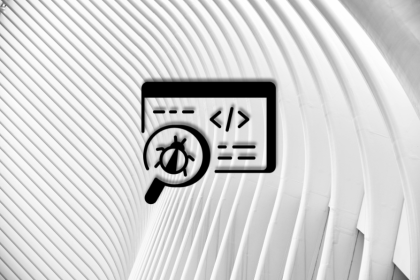
Valdi skips the JavaScript runtime by compiling TypeScript to native views. Learn how it compares to React Native’s new architecture and when the trade-off makes sense.

What trends will define web development in 2026? Check out the eight most important trends of the year, from AI-first development to TypeScript’s takeover.

AI-first debugging augments traditional debugging with log clustering, pattern recognition, and faster root cause analysis. Learn where AI helps, where it fails, and how to use it safely in production.

Container queries let components respond to their own layout context instead of the viewport. This article explores how they work and where they fit alongside media queries.
Hey there, want to help make our blog better?
Join LogRocket’s Content Advisory Board. You’ll help inform the type of content we create and get access to exclusive meetups, social accreditation, and swag.
Sign up now
2 Replies to "Why you should use package-lock.json"
Thanks for the article. Using `npm ci` even in local development sounds like good advice, but I find it really annoying, that this will cause the Node modules to be installed on every invocation of `npm ci`. I guess it’s rather common to run install/ci on container start to not have to worry about having to update or install new packages (if necessary). Makes it a lengthy process not being able to avoid these re-installations.
Thanks for the blog i learned a lot from it and some of my doubts also got cleared